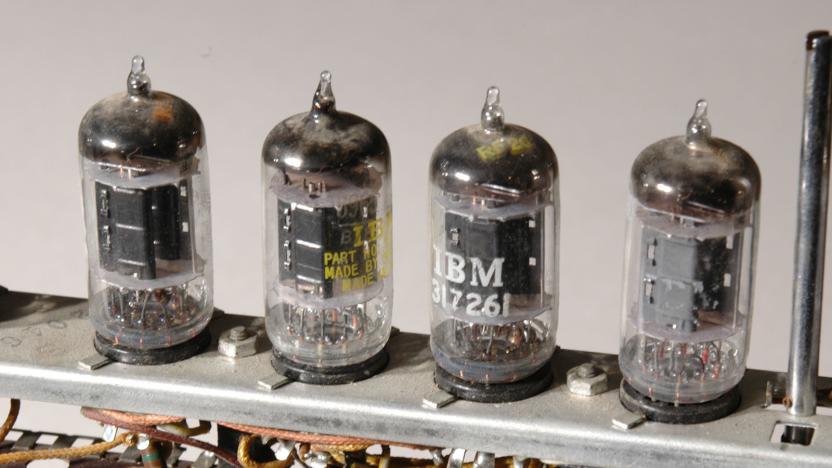microelectronics
Latest

Scientists make jellyfish swim faster to prepare for deep-sea exploration
Scientists at Caltech and Stanford University want to turn jellyfish into deep-sea explorers that could be directed around the ocean, recording info as they travel. In a paper published in the journal Science Advances, the team explains how they've developed a tiny, microelectronic prosthetic that can be attached to jellyfish, causing them to swim faster and more efficiently.

Smartphone problems? Space particles may be to blame
Here's a new one. Space particles from the sun and even distant black holes are affecting microelectronic devices more than ever, according to a recent study from Vanderbilt University. Chip manufacturers are packing in more transistors, increasing the chances a high-energy particle will strike one. While rare, such "bit-flips" may have caused a Qantas aircraft plunge and voting machine failure. With electronics devices all over the place, it's forcing designers to take the phenomenon into account.

Scientists built a chip without semiconductors
Remember those old-timey room-sized vacuum-tube-powered computers with less processing power than your smartphone? That tech might be making a comeback, thanks to work from scientists from UC San Diego. They've built the first semiconductor-free, laser-controlled microelectronics device that uses free electrons, much as vacuum tubes do. The research could result in better solar panels and faster microelectronic devices that can carry more power.

Moore's Law in action: making our machines ever more micro
Over the past few decades, engineers have leveraged Moore's Law to the fullest, resulting in powerful ultrathin laptops and feature-rich miniature wearables. Back in 1981, a 23-pound Osborne 1 computer was considered portable, with 64KB of onboard memory. Today, smartphones weigh just a few ounces and easily pack 128GB of storage. There's also a vastly more complex architecture of circuits and sensors inside these devices, all at a scale nearly invisible to the eye. It's taken us decades to develop and shrink down these microelectronics to where they are today, which is no small feat. Join us as we ride the ever-shrinking gadget wave from its early days to some of the nanoscopic creations at work today.


